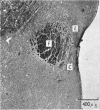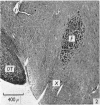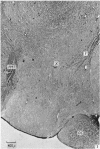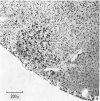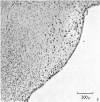Full text
PDF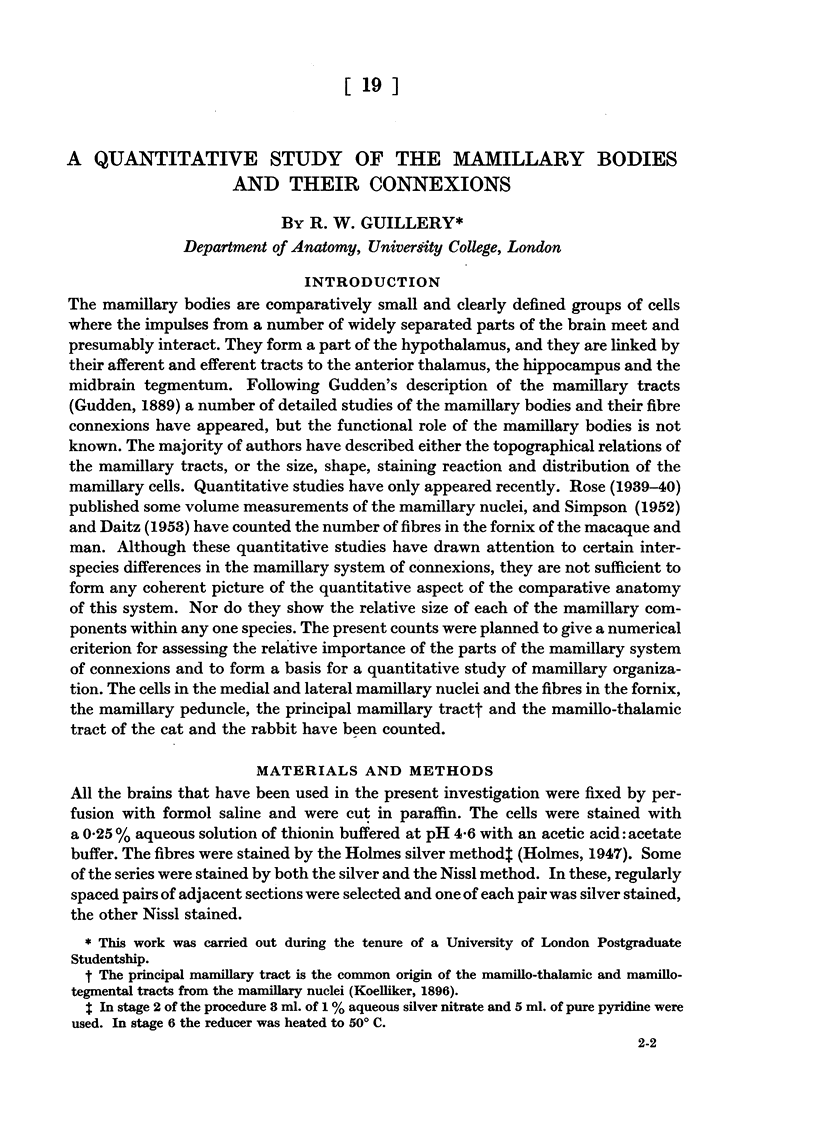
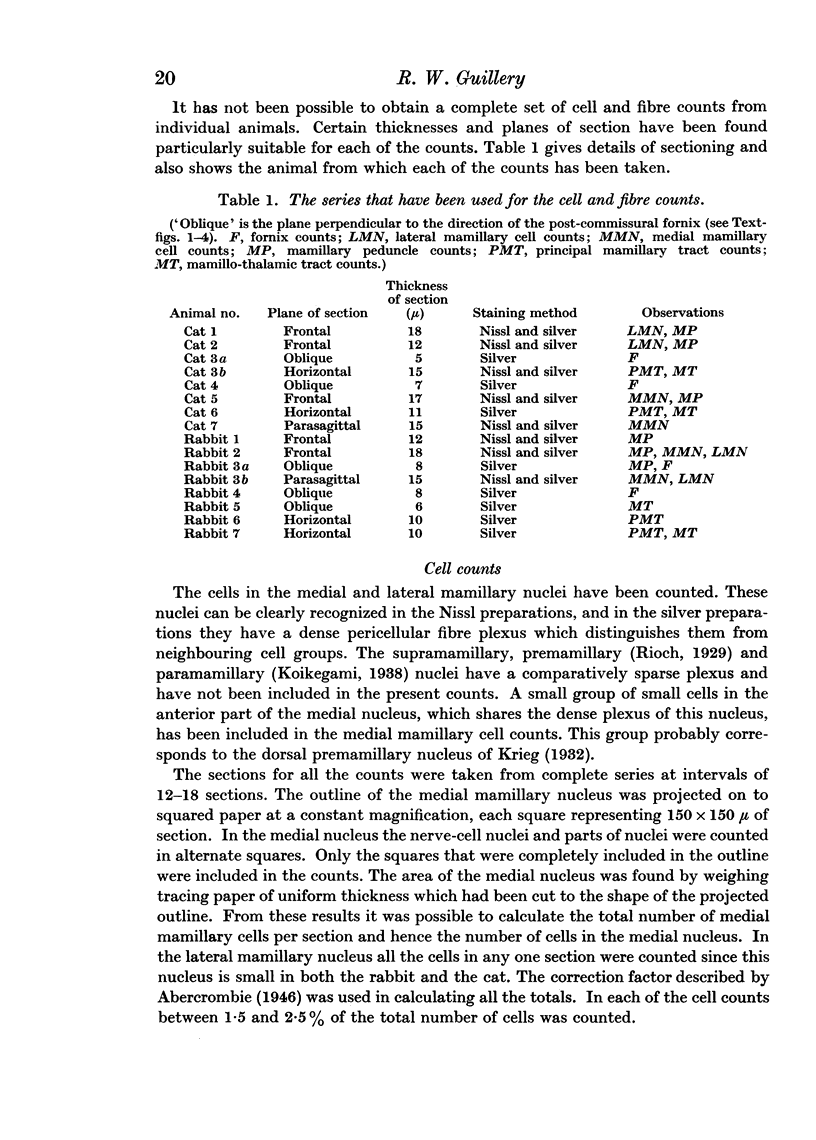
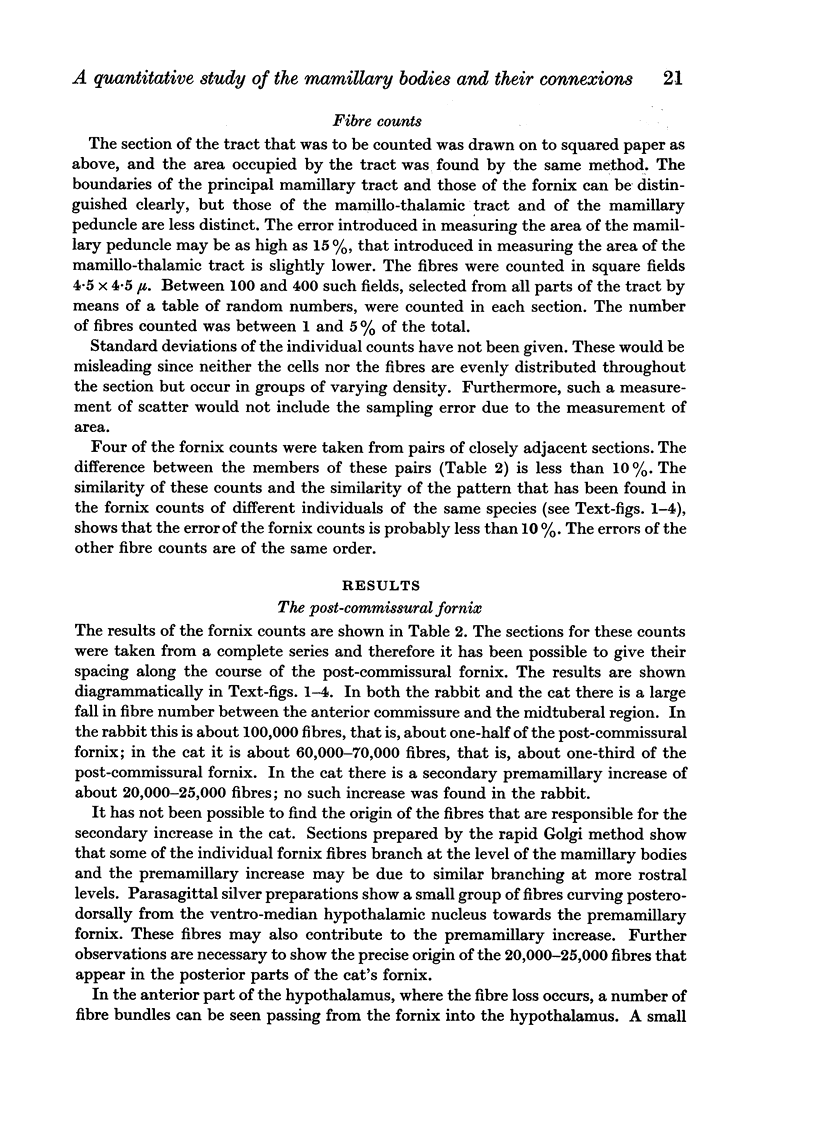
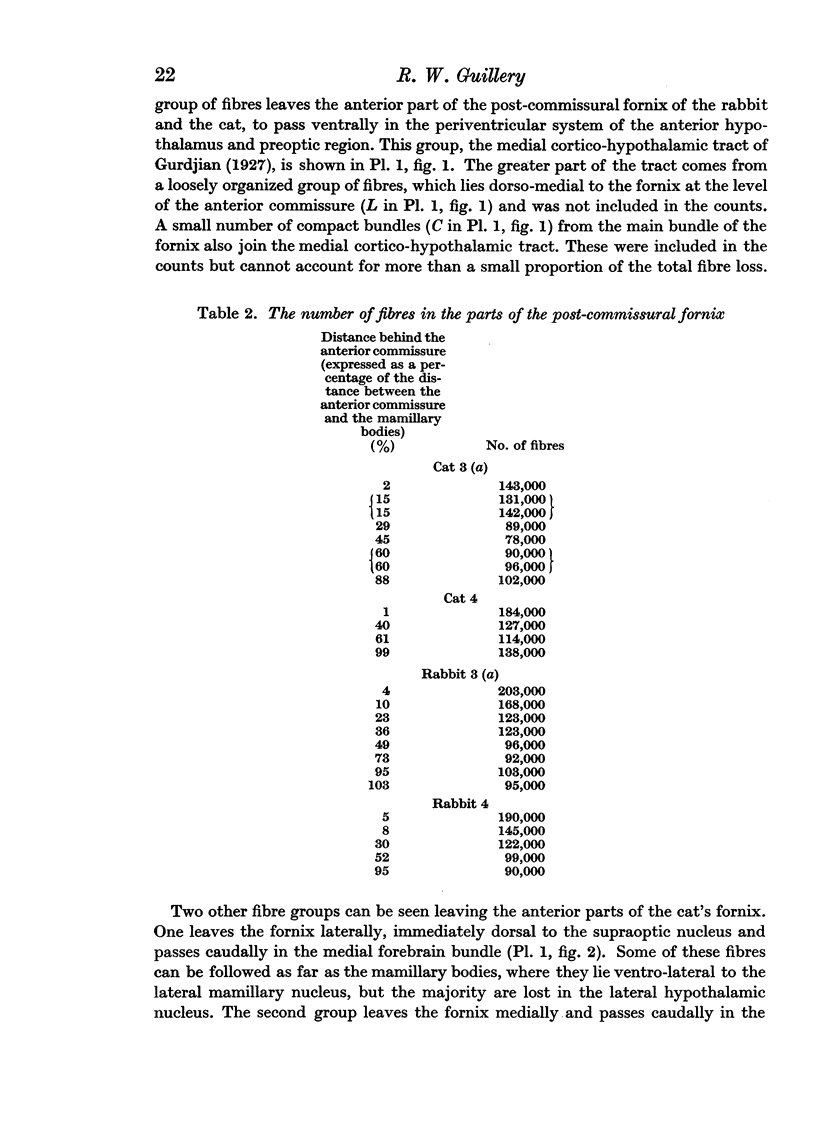
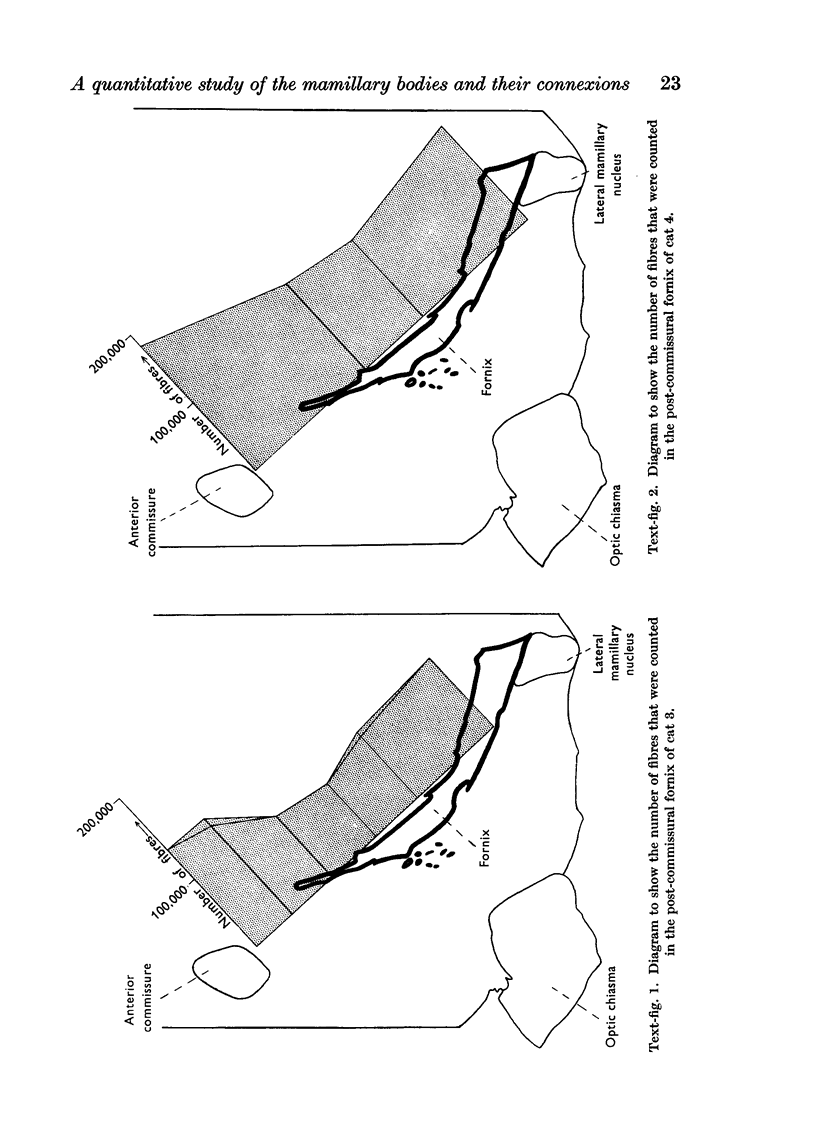
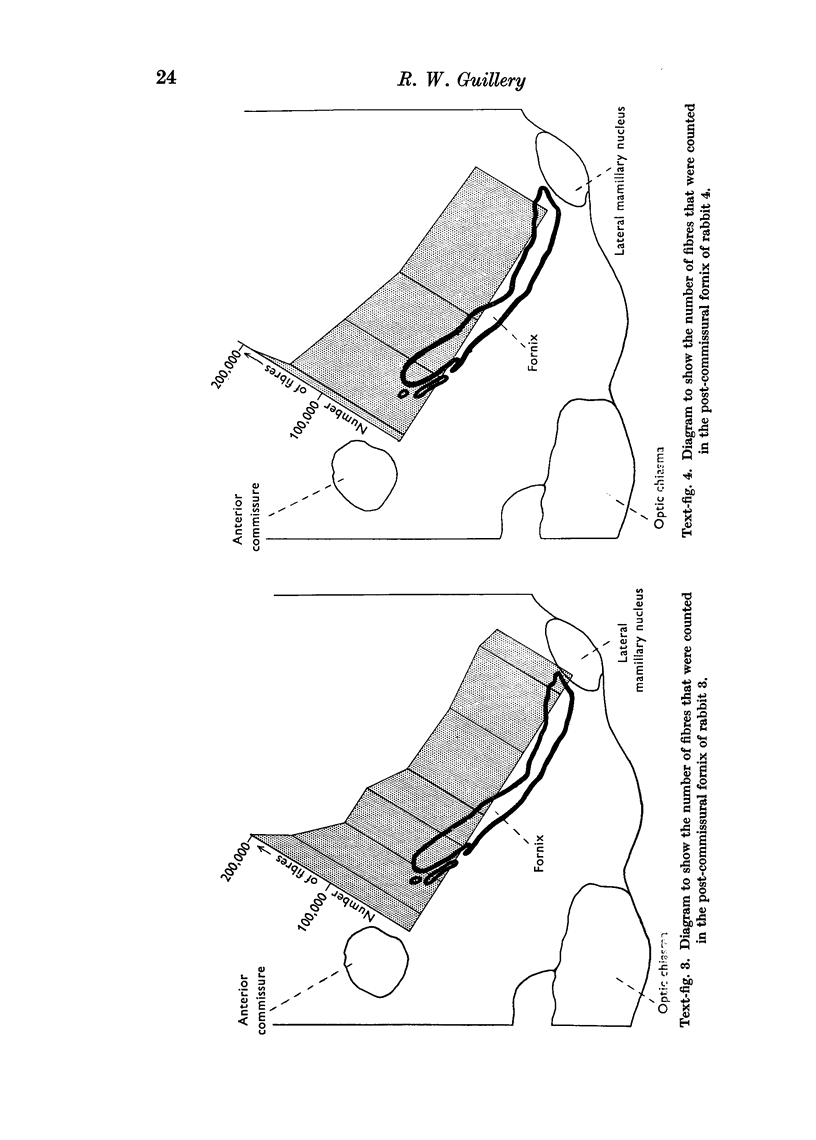
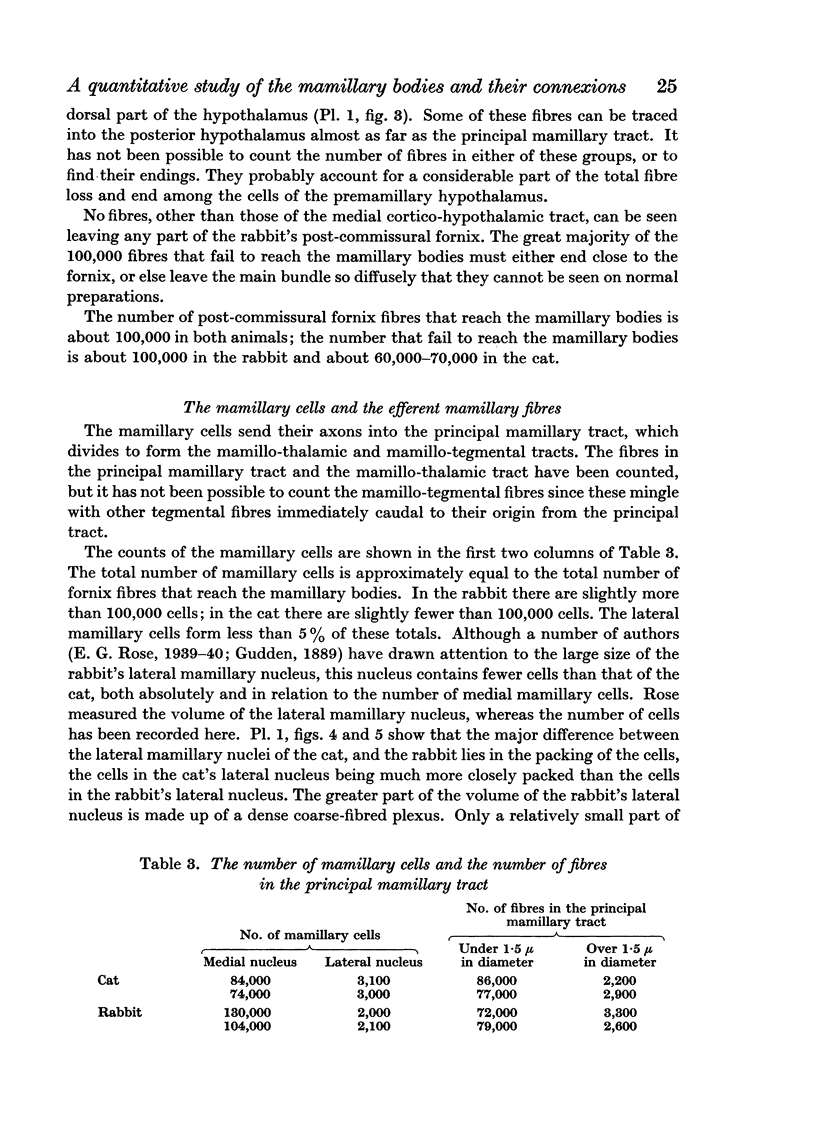
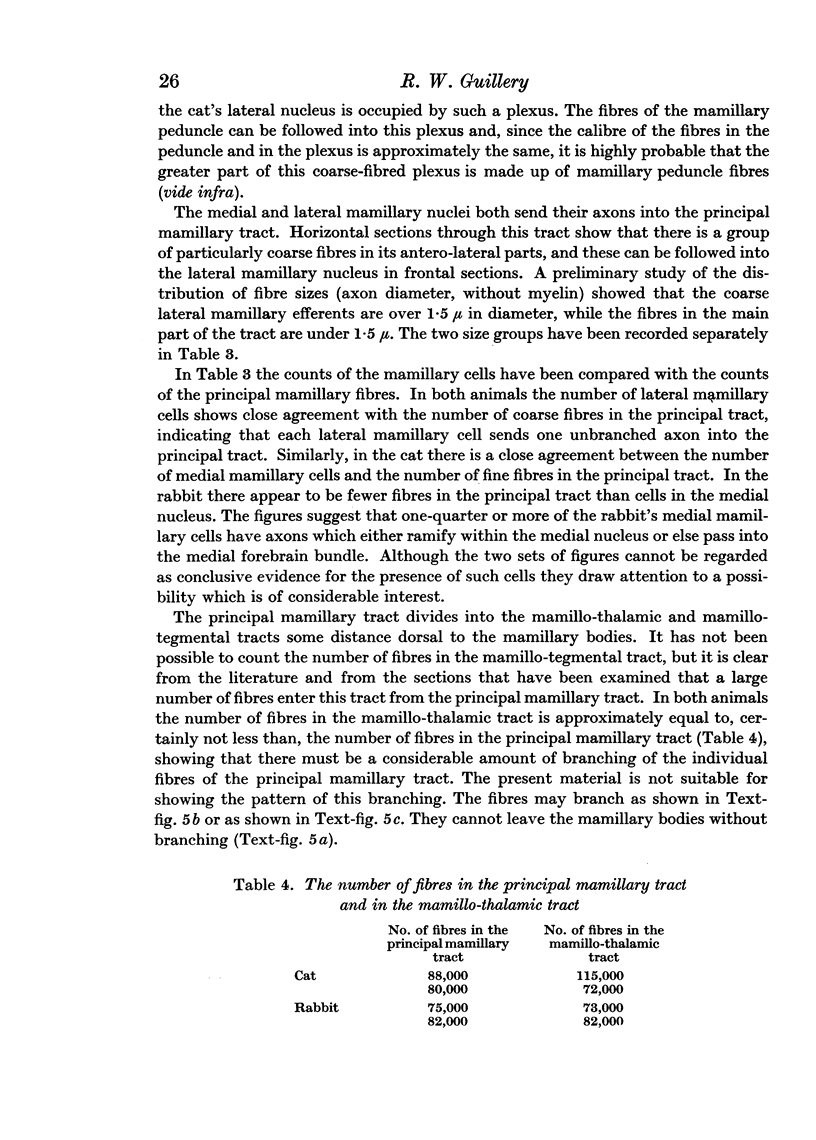
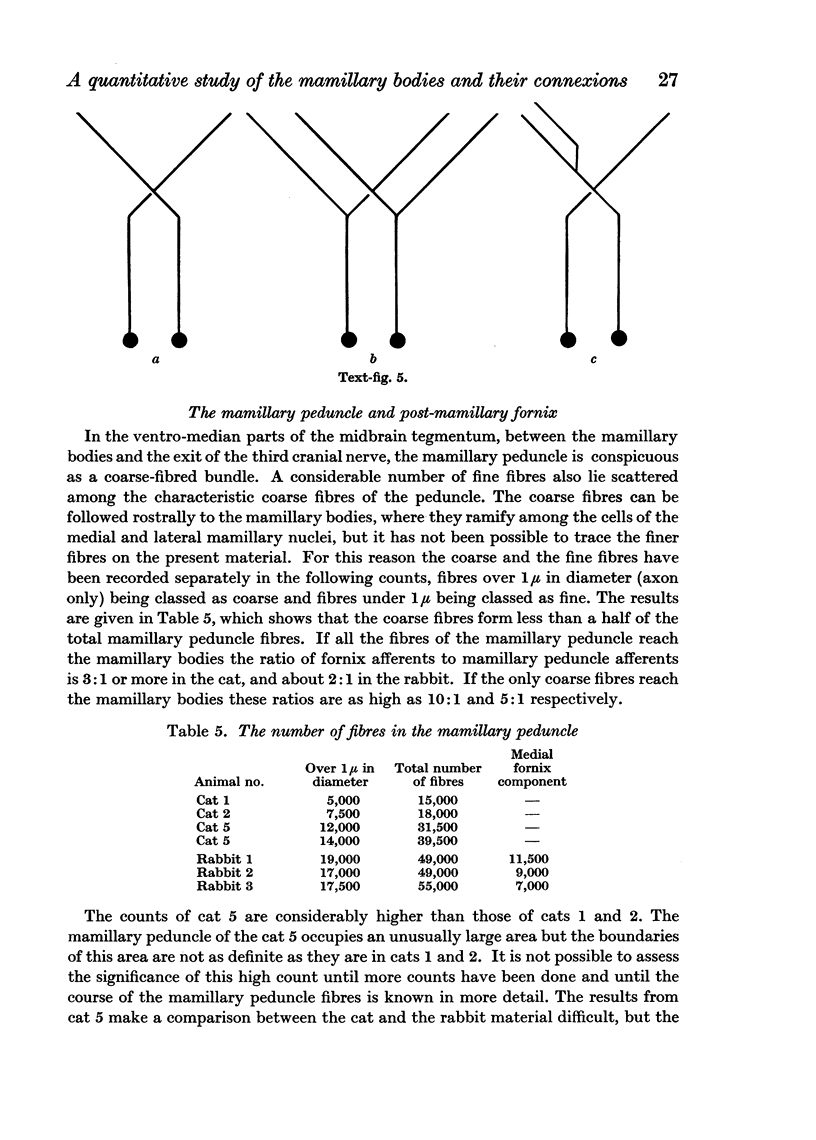
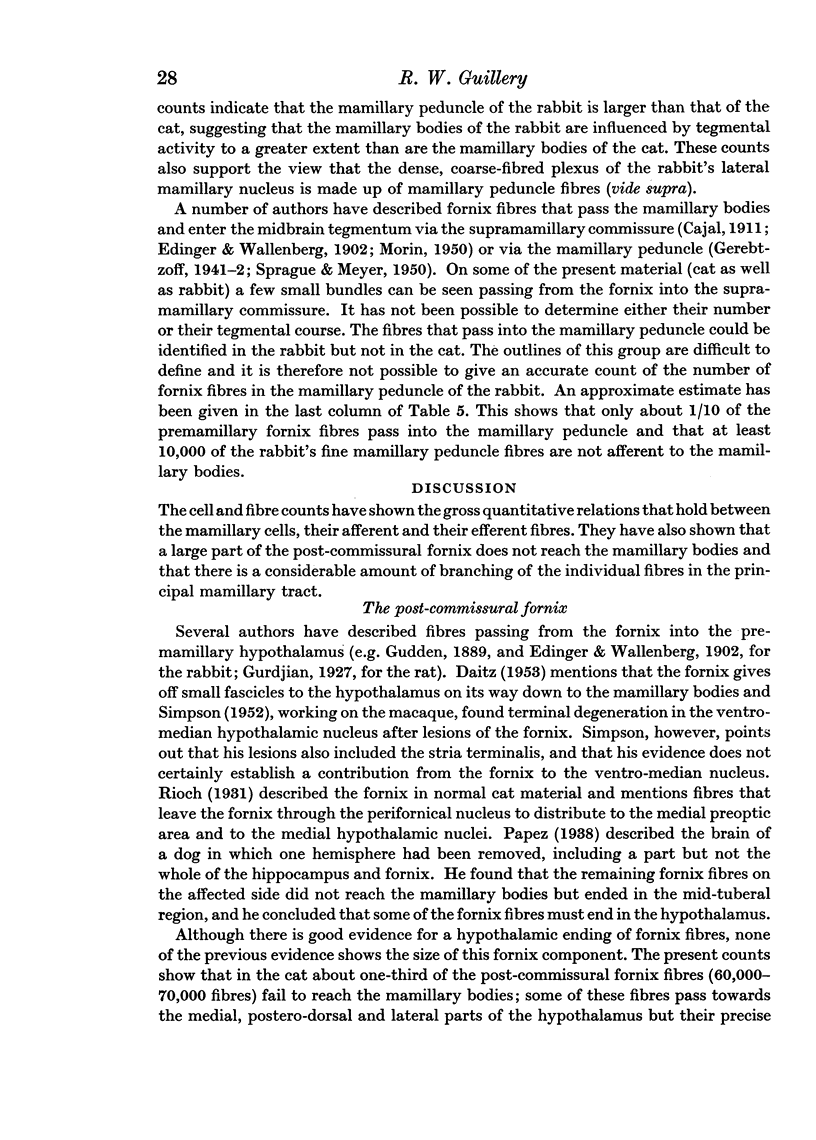
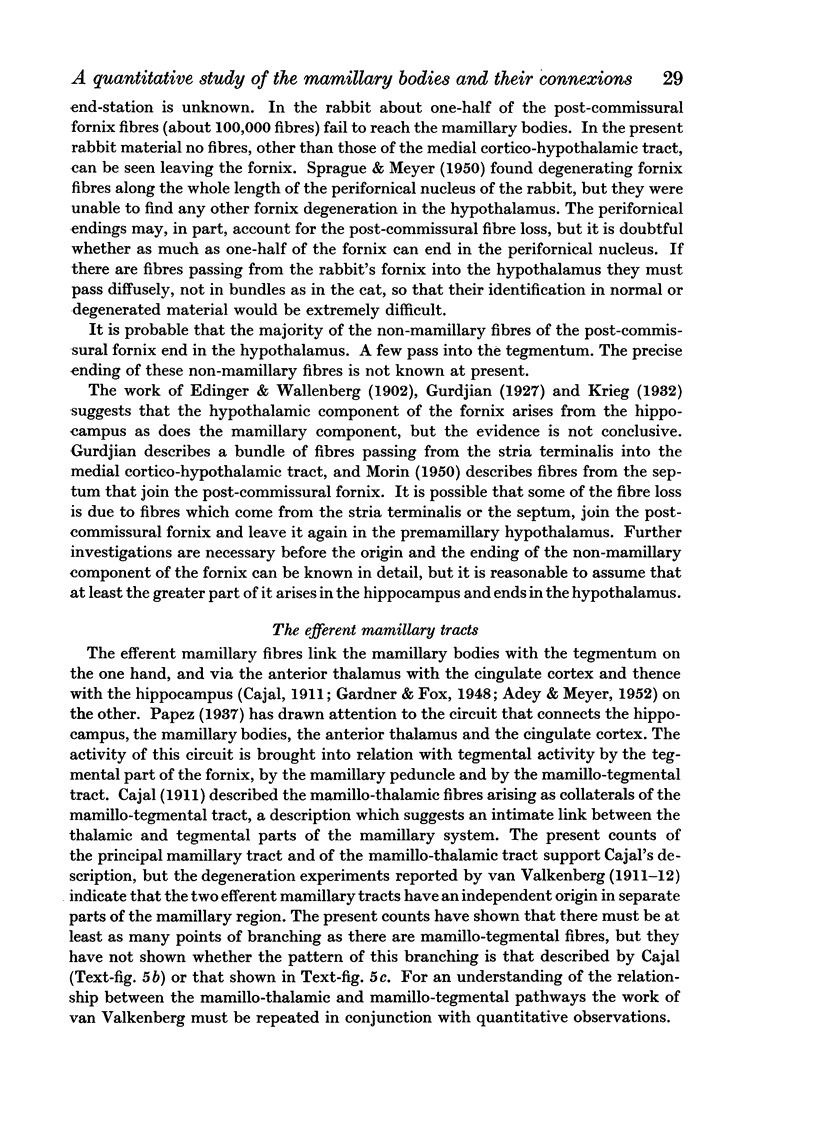
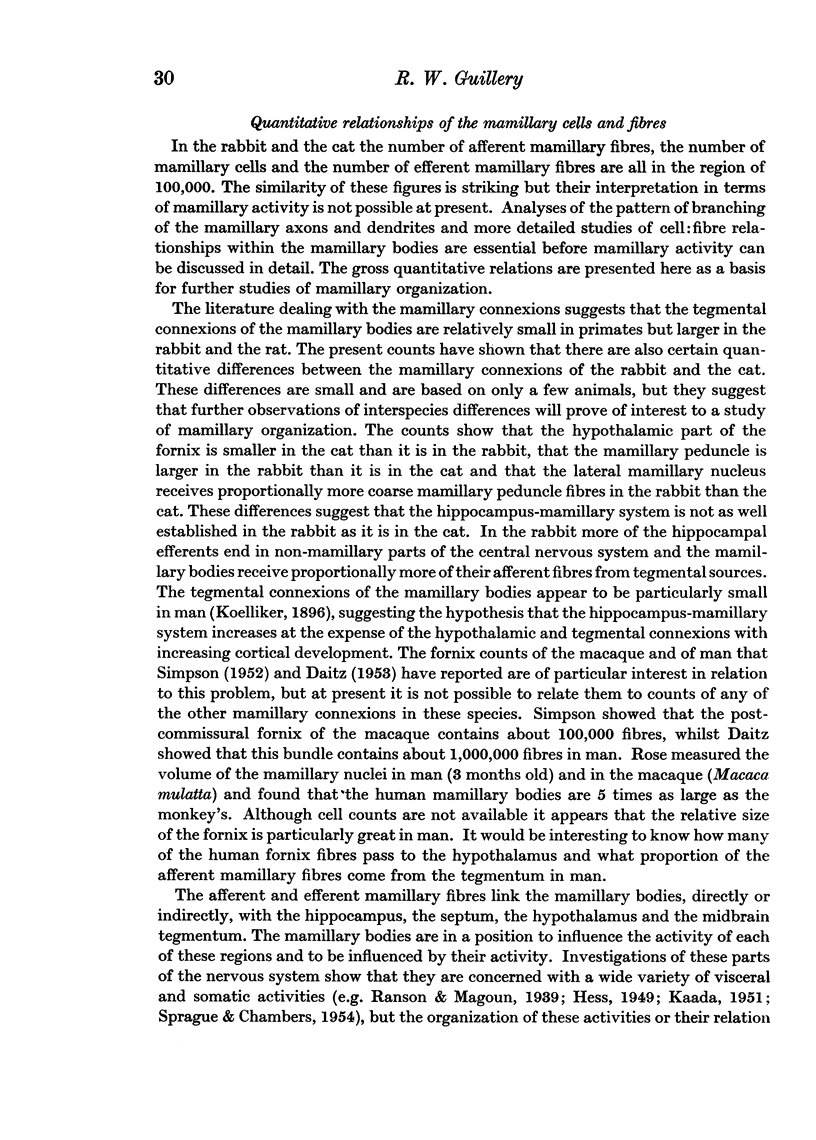
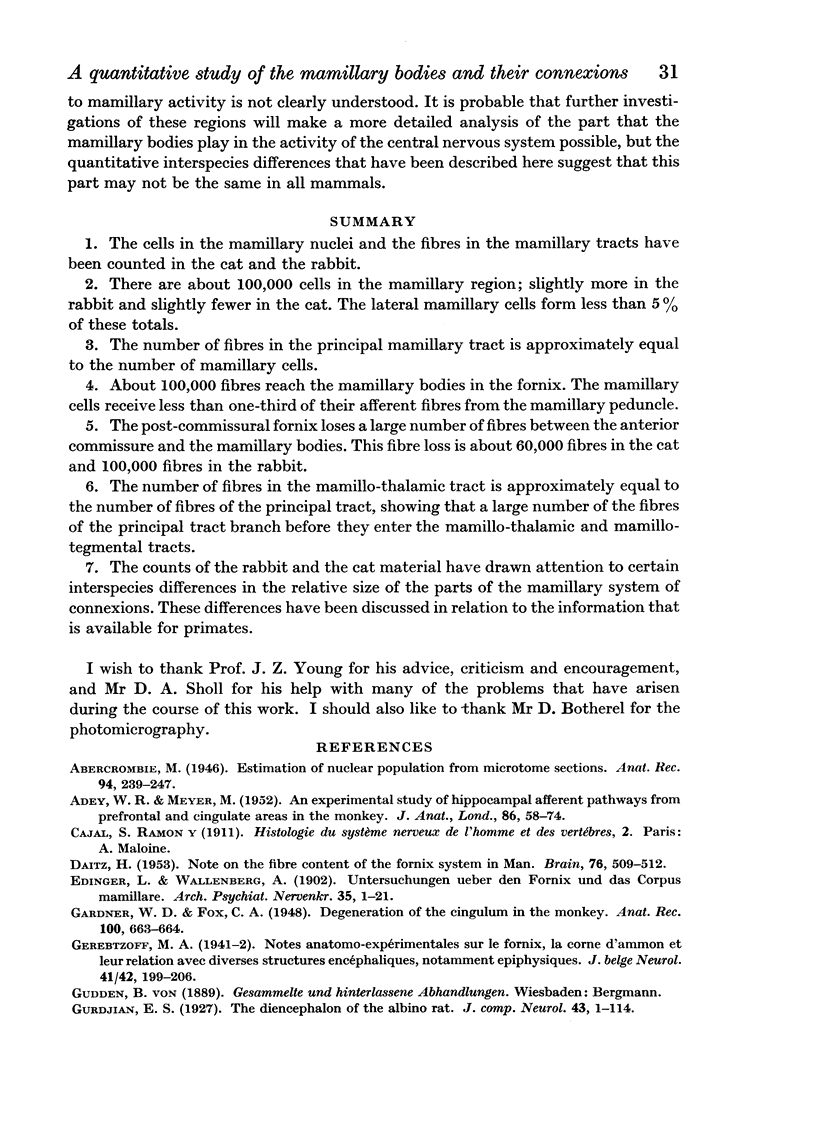
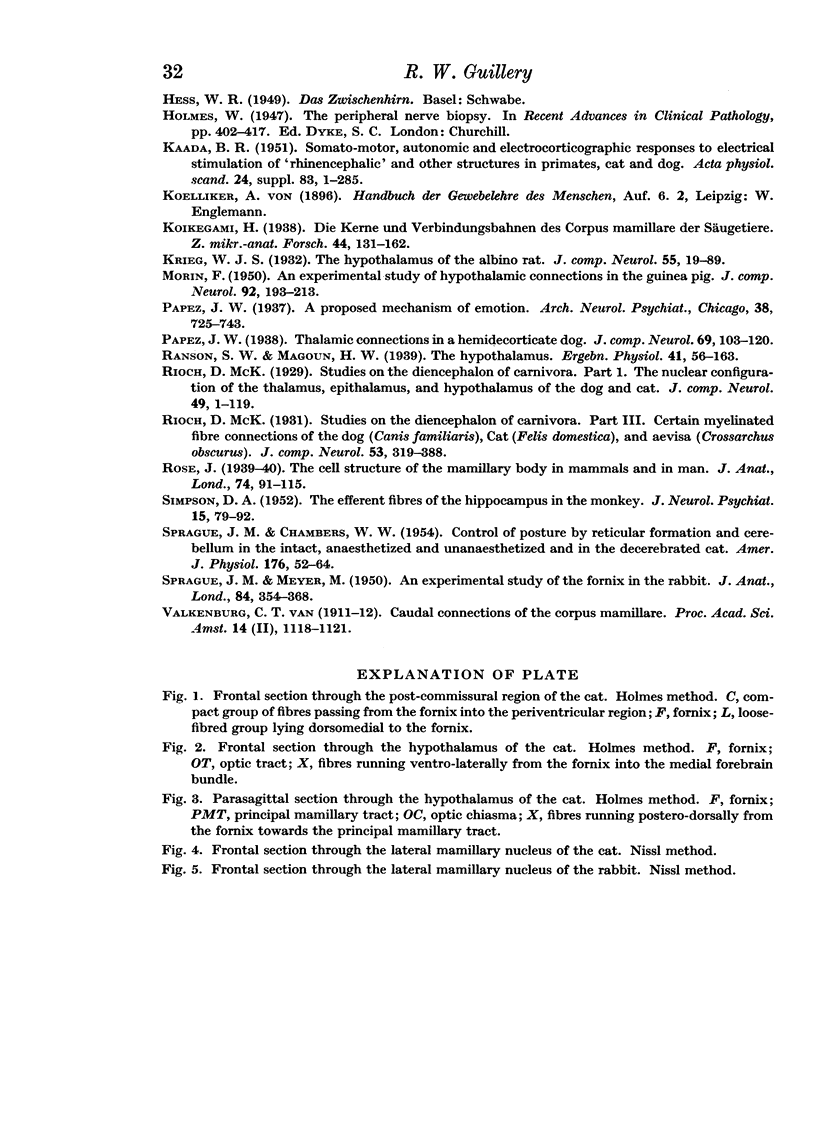
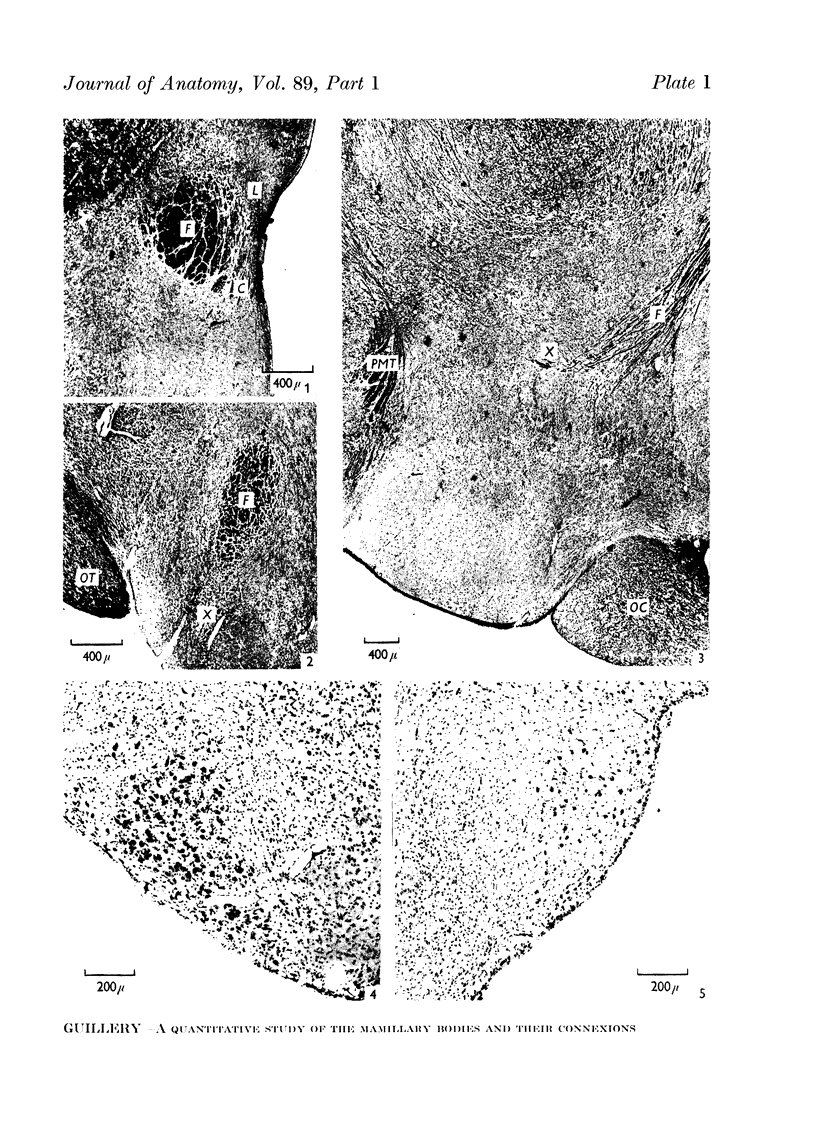
Images in this article
Selected References
These references are in PubMed. This may not be the complete list of references from this article.
- ADEY W. R., MEYER M. An experimental study of hippocampal afferent pathways from prefrontal and cingulate areas in the monkey. J Anat. 1952 Jan;86(1):58–74. [PMC free article] [PubMed] [Google Scholar]
- DAITZ H. Note on the fibre content of the fornix system in man. Brain. 1953 Sep;76(3):509–512. doi: 10.1093/brain/76.3.509. [DOI] [PubMed] [Google Scholar]
- MORIN F. An experimental study of hypothalamic connections in the guinea pig. J Comp Neurol. 1950 Apr;92(2):193–213. doi: 10.1002/cne.900920206. [DOI] [PubMed] [Google Scholar]
- Rose J. The cell structure of the mamillary body in the mammals and in man. J Anat. 1939 Oct;74(Pt 1):91–115. [PMC free article] [PubMed] [Google Scholar]
- SIMPSON D. A. The efferent fibres of the hippocampus in the monkey. J Neurol Neurosurg Psychiatry. 1952 May;15(2):79–92. doi: 10.1136/jnnp.15.2.79. [DOI] [PMC free article] [PubMed] [Google Scholar]
- SPRAGUE J. M., CHAMBERS W. W. Control of posture by reticular formation and cerebellum in the intract, anesthetized and unanesthetized and in the decerebrated cat. Am J Physiol. 1954 Jan;176(1):52–64. doi: 10.1152/ajplegacy.1953.176.1.52. [DOI] [PubMed] [Google Scholar]
- SPRAGUE J. M., MEYER M. An experimental study of the fornix in the rabbit. J Anat. 1950 Oct;84(4):354–368. [PMC free article] [PubMed] [Google Scholar]



